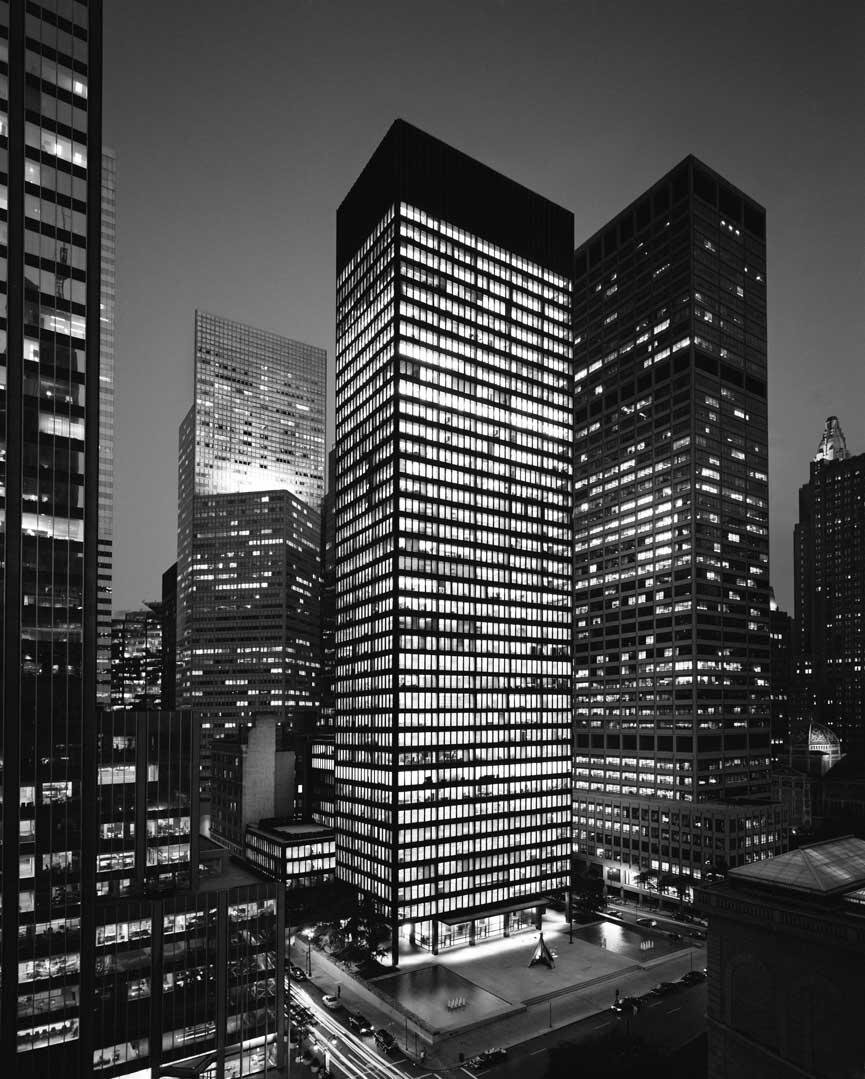A Journey into the “Truth” in Present Tense
· If most architectural histories of the modern and contemporary periods are still written anachronistically, from the perspective of the past, how capable are we in reforming our future?
· Taking into consideration that the Anthropocene is a man made “intention”, will such innovation ever be able to provide us with the tools to inform our future?
According to Greek mythology, Prometheus was a Titan. After watching from Mount Olympus the inability of the human race to confront nature, he decided to disobey the ruling gods and give them fire as a gift. Prometheus taught people how to use fire, how to build tools and allegedly taught them about sciences as well. This story, may seem childish to some, but it gives a great insight about how people thought and interpret the obscene. It may be paradoxical to use the story of Prometheus as the opening act in a paper about eco-modernism, however within this narrative, lays an “essential component of the concept of modernity. The idea of a future toward which we travel after a radical rupture with the past.”[1]
The essence however of the story could be seen better in the interdisciplinary characteristics that it holds and hence its capacity to relate to a field like architecture. As with the tale of Prometheus, “architectural history can no longer be contained within the scope of a single discipline.”[2] Thus, if we truly want to explore beyond the perceived methodologies of the present, we have to take into consideration the very own diverse nature of our “products”. Buildings and architectural interventions are not static objects. Rather they endlessly evolve in a constant transformation, reshaping their very own “identity” from objects of facts to objects of concern.
Interpreting the architecture of the past with the tools of the present is an evolving and fascinating aspect of architecture. In great extent it shows despite humans, and architects in this case running the show, they were unable to predict or even calculate the outcome of their design. There is a plethora of examples ranging from the 60’s to the recent millennia, from Mie’s Seagram building to Norman Foster’s 30 St Mary Axe (widely known as the gherkin) that despite failing to fulfil their programmatic agenda, being modern or ecological, are still perceived as landmarks of our contemporary skyline.
These two different buildings are great precedence in understanding the influence of the Anthropocene in a time span that despite just being 40 years long technically revolutionized applicable technologies and the built environment as an extension. Mie’s Seagram building, although it epitomized the new, a new yardstick for the designing capabilities of the time and thus copied all over the world, scored a number 3 out of 100 in a performance evaluation conducted in 2015. That been said, there is a material evolution which should be taken into consideration. However, the second example of the gherkin is used to contradict just that. A building completed in the early 2000, that failed to sustain its ecological intentions despite the “packaging” of the modernistic inspired form that it came with.
Wrapping up all these years of architecture by interpreting the existing remaining building envelopes of the past and the addition of the ambitious structures of the present, many wonder if the epoch of the Anthropocene really manipulates the earth as it names suggests for our own benefit. Are we in control or the things we do, the buildings we produce are just a projection towards a future we can’t grasp? If that is the case then, “as we cannot fully grasp the epistemological uncertainties of the Anthropocene, our goal should not be to provide answers but to stimulate critical introspection.”
[1] B. Latour, “Fifty Shades of Green” in Environmental Humanities 7 (2015): 221.
[2] E. da Costa-Meyer. “Architectural History in the Anthropocene: Towards Methodology” in The Journal
of Architecture Vol. 21, no. 8 (December 2016), 1203.

